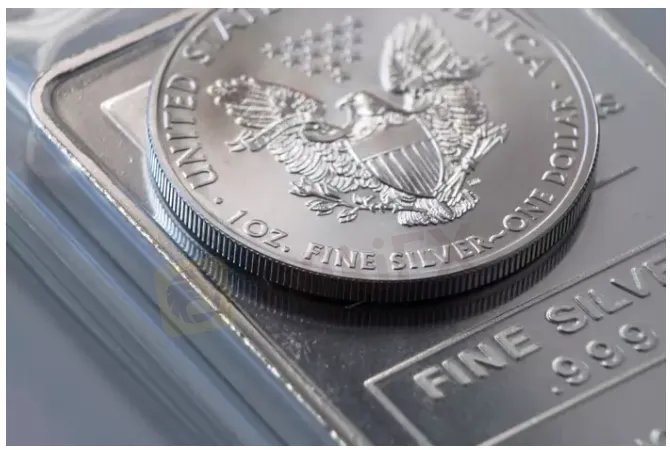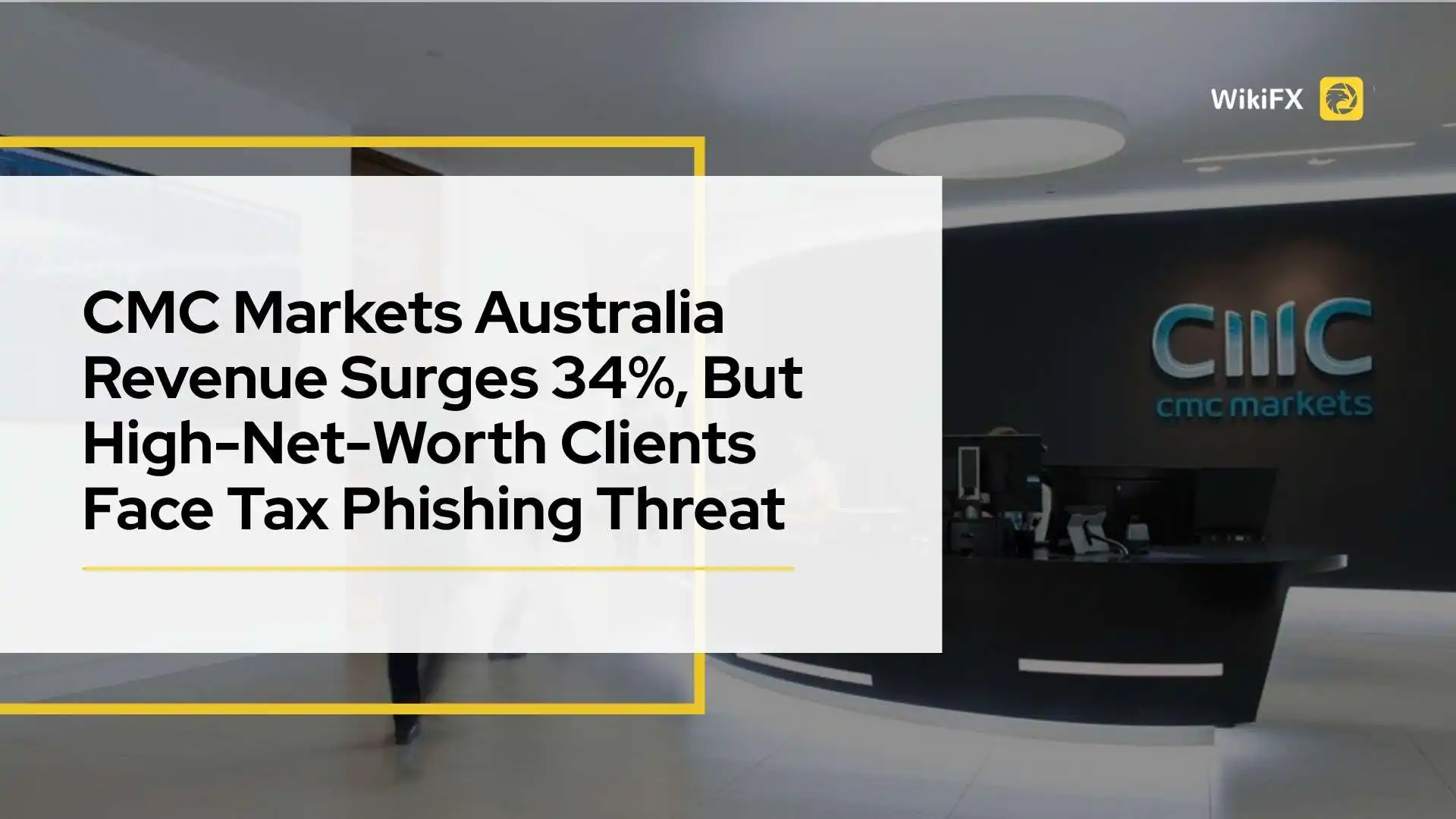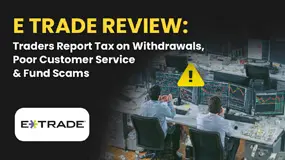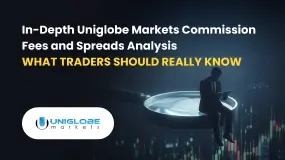简体中文
繁體中文
English
Pусский
日本語
ภาษาไทย
Tiếng Việt
Bahasa Indonesia
Español
हिन्दी
Filippiiniläinen
Français
Deutsch
Português
Türkçe
한국어
العربية
Inflation Is Killing Silver
Abstract:More than just a few people are buying silver because “it protects them from inflation” – or something to that effect.

Ever wonder if that argument holds up? The chart below indicates otherwise…
Silver Prices (inflation-adjusted) – 50 Year Historical Chart (1)

According to the chart, it appears that silver continues to be pressured downwards as inflation gets worse. Where is the fundamental or technical appeal in that kind of price action?
Here is the same chart with the addition of a downward sloping line connecting the major silver price peaks dating back to 1980…
Silver Prices (inflation-adjusted) – 50 Year Historical Chart (2)

Most investors dont consider inflation-adjusted pricing in their expectations or calculations for silver. The argument given is that silver prices will go a lot higher as inflation gets worse, but there is no historical indication of that.
Price-conscious investors are usually looking at other charts, such as the one below…
Silver Prices – 50 Year Historical Chart (3)

The chart immediately above shows the long-term uptrend in silver prices since May 1970 from $1.61 oz to $22.31 oz currently. It is possible to be swayed by the numbers, but the numbers arent that good anyway.
On an inflation-adjusted basis the numbers are worse. Allowing for the effects of inflation, the increase isnt even 2-to-1 ($22.31 divided by $11.96 = 1.86).
How excited can anyone be to own an investment that has almost doubled over the past fifty-two years (a 1.2% annual rate of return)?
The effects of inflation have recently done considerable damage to longer-term holders of silver.
For example, the average monthly closing price for silver in August 2011 was $41.76. The current, comparable inflation-adjusted price is $52.99 oz.
That means that the current silver price is forty-seven percent lower than it was in August 2011; and in inflation-adjusted terms it is fifty-eight percent lower.
Silver Price Uptrend
In chart number (3) above, there is a definite uptrend in nominal silver prices (prices not adjusted for inflation). Here is the chart with the addition of that uptrend line…
Silver Prices – 50 Year Historical Chart (4)
The uptrend line is clearly defined; even so, a drop in silver prices could go as low as $8.00 oz. without breaking it.
That ($8.00 oz) may seem far-fetched, but it is no more unrealistic than silver price projections of $100.00 oz. or more.
Silver – Up or Down?
Whether the silver price is headed higher or lower from here is hard to say. It could go either way in the short term. In the long term, though, silver has lots of room on the downside.
Since its peak in 1980 silver has not matched the effects of inflation, let alone produced any real profits. Silver price history doesnt support current expectations for higher prices, but there are some painful examples of horrendous drops in price.
What Could Cause Silver to Drop
Silver has a history of lower prices regardless of economic conditions.
During The Great Depression (1930s) silver reached a low of $.28 oz.
Several decades later, in the middle of the greatest period of economic growth in US history (1980-2000), silver fell from nearly $50.00 oz. to under $3.00 oz. That is a drop of ninety-four percent without factoring in the effects of inflation.
Currently, the arguments in favor of higher silver prices are not consistent with the tale of history.
Any sustained movement in the direction of more moderate effects from inflation, or the occurrence of deflation, could take the silver price much lower.
If the US economic activity improves to any measurable degree, it would not provide any impetus for a higher silver price.
All factors considered, there isnt a strong argument for higher silver prices. And, yet, inflation continues to erode real value from silver as its inflation-adjusted price continues to weaken over time (see chart number (2) above).

Disclaimer:
The views in this article only represent the author's personal views, and do not constitute investment advice on this platform. This platform does not guarantee the accuracy, completeness and timeliness of the information in the article, and will not be liable for any loss caused by the use of or reliance on the information in the article.
Read more

CMC Markets Australia Revenue Surges 34%, But High-Net-Worth Clients Face Tax Phishing Threat
CMC Markets Australia reports a 34% revenue surge. Simultaneously, the company's high-net-worth clients are facing a serious tax-related phishing threat.

E TRADE Review: Traders Report Tax on Withdrawals, Poor Customer Service & Fund Scams
Has your E Trade forex trading account been charged a withholding tax fee? Did your account get blocked because of multiple deposits? Did you have to constantly call the officials to unblock your account? Failed to open a premium savings account despite submitting multiple documents? Is fund transfer too much of a hassle at E Trade? Did you find the E Trade customer support service not helpful? In this E Trade review article, we have shared certain complaints. Take a look!

mBank Exposed: Top Reasons Why Customers are Giving Thumbs Down to This Bank
Do you find mBank services too slow or unresponsive? Do you find your account getting blocked? Failing to access your account online due to several systemic glitches? Can’t perform the transactions on the mBank app? Do you also witness inappropriate stop-level trade execution by the financial services provider? You are not alone! Frustrated by these unfortunate circumstances, many of its clients have shared negative mBank reviews online. In this article, we have shared some of the reviews. Read on!

In-Depth Uniglobe Markets Commission Fees and Spreads Analysis – What Traders Should Really Know
For experienced traders, the cost of execution is a critical factor in broker selection. Low spreads, fair commissions, and transparent pricing can be the difference between a profitable and a losing strategy over the long term. This has led many to scrutinize the offerings of brokers like Uniglobe Markets, which presents a tiered account structure promising competitive conditions. However, a professional evaluation demands more than a surface-level look at marketing claims. It requires a deep, data-driven analysis of the real trading costs, set against the backdrop of the broker's operational integrity and safety. This comprehensive Uniglobe Markets commission fees and spreads analysis will deconstruct the broker's pricing model, examining its account types, typical spreads, commission policies, and potential ancillary costs. Using data primarily sourced from the global broker inquiry platform WikiFX, we will provide a clear-eyed view of the Uniglobe Markets spreads commissions prici
WikiFX Broker
Latest News
WikiFX's New Evaluation of ATM Capital LTD: Does its License Protect the Arab Investor?
How a Fake Moomoo Ad Led to the “New Dream Voyage 5” Scam
Is Axi Legit? A Data-Driven Analysis of Its Regulatory Standing and Trader Feedback
Trive Investigation: High Score, Hidden Risk - The Profit Paradox
In-Depth Uniglobe Markets Commission Fees and Spreads Analysis – What Traders Should Really Know
FXPesa Review: Are Traders Facing High Slippage, Fund Losses & Withdrawal Denials?
CMC Markets Australia Revenue Surges 34%, But High-Net-Worth Clients Face Tax Phishing Threat
Bessent believes there won't be a recession in 2026 but says some sectors are challenged
mBank Exposed: Top Reasons Why Customers are Giving Thumbs Down to This Bank
Young Singaporean Trader Grew USD 52 into a USD 107,700 Portfolio
Currency Calculator



